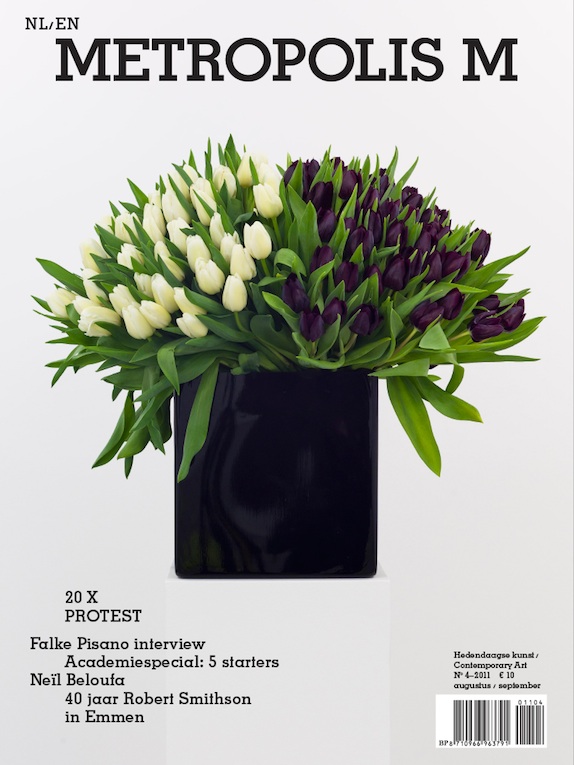Protest: Hans Ulrich Obrist
Protest: Hans Ulrich Obrist
Art, museums and exhibitions are an essential part of the personal education of many people – no matter if they become visual artists or not. Rem Koolhaas, for example, told me that the most important ‘school’ for him in the 1950s and 1960s was the Stedelijk Museum in Amsterdam. During those decades, Willem Sandberg directed the Stedelijk, turning it into one of the world’s leading labs for avant-garde art. Sandberg presented historic as well as contemporary artists, but he also invented new forms of displays for his exhibitions. He was one of the pioneers of modern curating and exhibition design. Under his direction, the Stedelijk was an essential part of education for a whole generation of people who later became internationally renowned artists and architects. Similarly, the Black Mountain College has triggered generations of great artists in the United States as a school. The same is true for the Rijksakademie, de Ateliers, the Berlage Institute, etcetera. These are essential schools for the future production of art. The consequence of cutting support for museums and art schools today is that such a rich artistic experience will not be available for future generations. Mark Rutte’s government is cutting away the country’s future.
This move is even less understandable considering the fact that the Netherlands is one of the rich countries of the world. Even emerging countries are presently building new art schools and museums, as well as supporting the arts in many other forms. This means that the art centres of the future will slowly shift to these new regions. The Netherlands has an outstanding tradition in the visual arts, from the Northern Renaissance up to the present. But the projected cut of 2,000,000 euros of the entire cultural budget, seems like cultural suicide.
These cuts are particularly dangerous for small institutions and artist-run spaces. These spaces are often the laboratories for new art forms. They create the momentum, which then also changes the larger institutions. To sustain the future of large and well-known institutions, it is absolutely necessary to support small and alternative art spaces too. Destroying these structures with budget cuts can be done very quickly, but rebuilding them later will take a lot more time and effort.
Another consequence of the budget cuts might be an increase in ticket prices. This means that people will not visit museums as frequently they do now. With the budget cuts and probably higher entrance fees, the barrier between museums and the public will rise once again, notably for people from the lower income classes. If the exhibitions lose their visitors, the museums may also lose their significance for society.
Finally, the art cuts are part of a policy that curtails the right of asylum and fuels resentment against minorities and cultural differences. This policy as a whole is very much a cause for concern. In such a situation, art is a necessary part of critical debate and civil society.
Hans Ulrich Obrist is co-director of Serpentine Gallery. London
Hans Ulrich Obrist

























